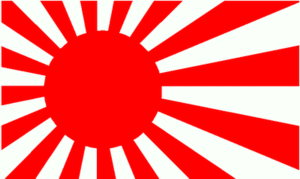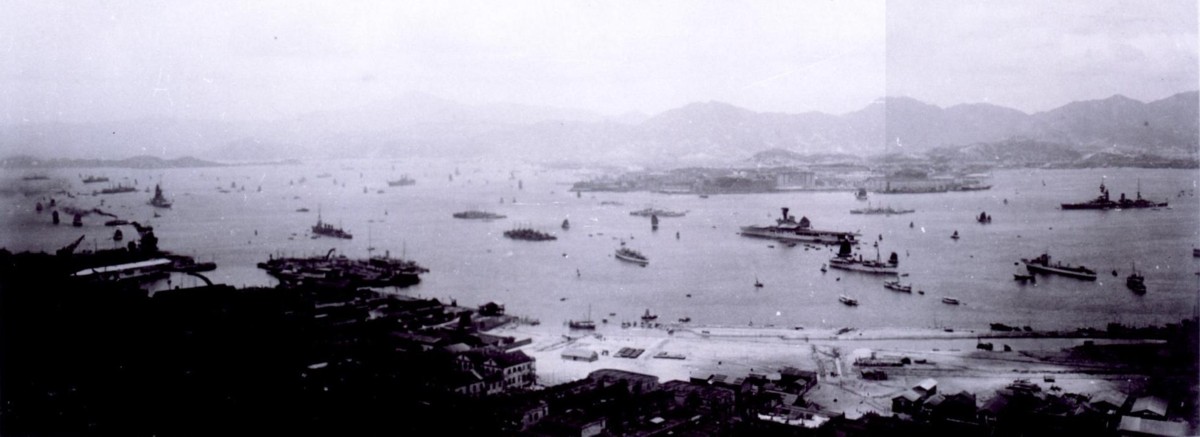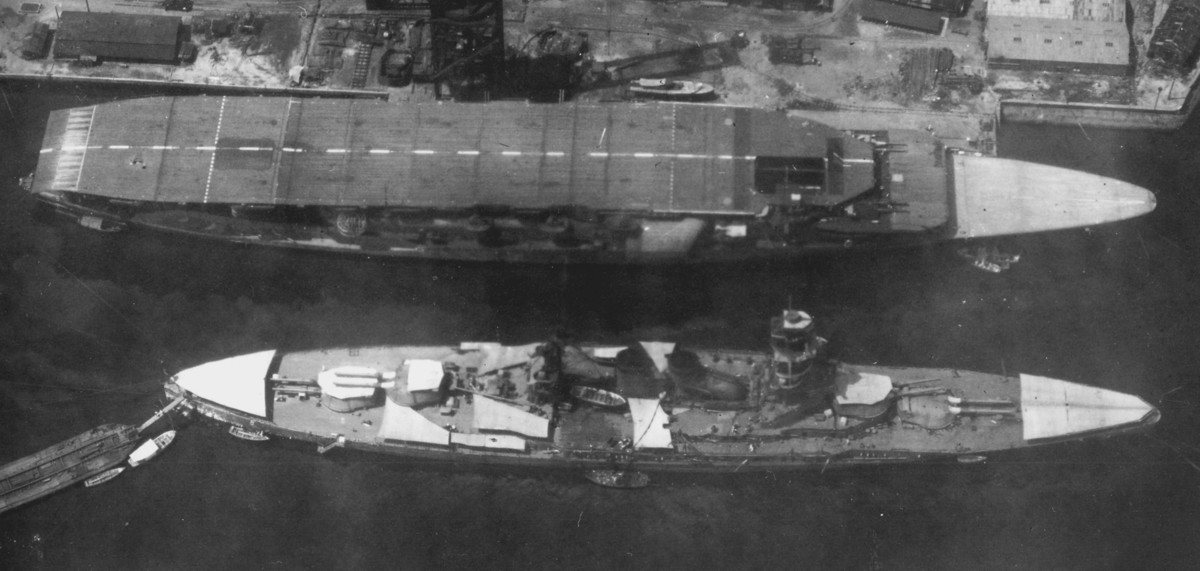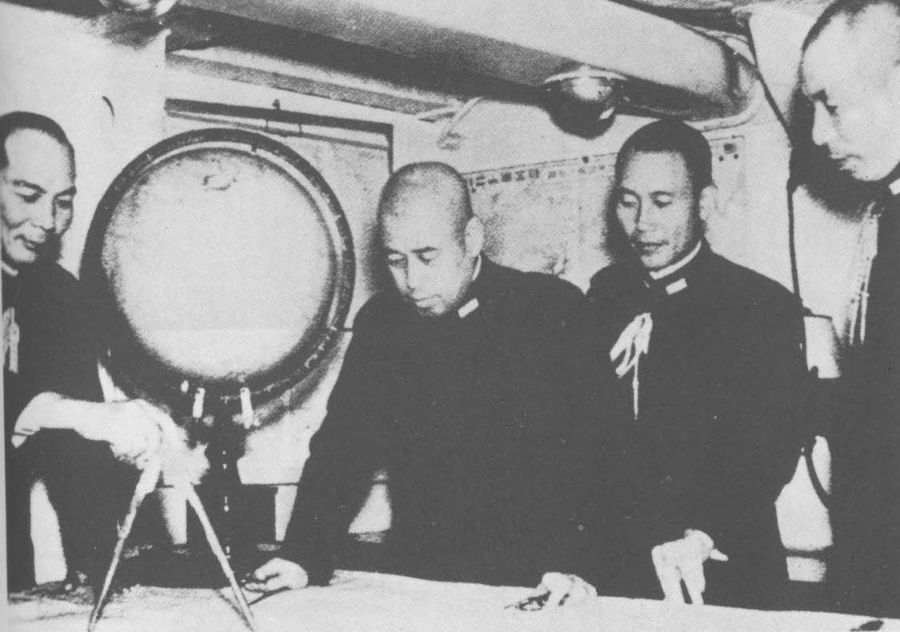
Japanese Navy

----------------------------------------------------------------------------------------------------------------------------------------------------------------------------------------------------------------------------------------------------------
February 2021
It is 9-10 years ago since I first drew most of the original Japanese Navy
ships. Since then a lot more drawings of real life Japanese ships have been
done. Giving me a much larger scope of resources to use to produce a whole new
range of Japanese drawings. The initial write-up below is still very true. For
the Japanese it is resources, resources, resources.
The trouble with Japan is that all of the building resources of the late 30's to
early 40's are dominated by the construction requirements of the Yamato,
Mussashi and Shinano battleships. The Number 13-16 battleships were 20,000 tons
or more smaller than the Yamato's and could have carried eight of the 18.1" as
the main armament. The Wikipaedia entry for the 13 has nothing but praise from
Baier and others on the design, and say that that design would have been better
than any of the other European designs of the time.
I have the Japanese failing to ratify the 1930 London Naval Treaty, and all
signatories laying down 35,000 ton battleships in the next two years with the
increase to the 45,000 ton size after 1935. Battleships having a normal lead
time of 5-6 years, 45,000 ton designs laid down in 1936-37 would not complete
till at least 1941 and with wartime restrictions probably later. If I have the
Japanese laying down four of the 13 type with updated equipment for the ten year
design difference, I think the Japanese would be able to complete those and
other large construction in a much more timely manner than the Yamato time line.
----------------------------------------------------------------------------------------------------------------------------------------------------------------------------------------------------------------------------------------------------------
The Japanese had felt slighted by the designs of the Washington Treaty. That they had fought for the Allies and Japan had received some of the Germanic States Island Protectorates in the Pacific as a reward. But the Japanese were incensed by being kept at what they saw as 2nd class status by the United States and the British. The Japanese were an Island nation and needed a large navy to maintain the sea lanes on which its ships brought the lifeblood of their nation, the raw materials needed to maintain and improve the Japanese people.

Raw materials were the bug bear for the Japanese. Just about everything they needed had to be imported and paid for. Longing eyes looked across the sea at the Siberian district of the Soviet Union where what they needed - raw materials - abounded. Right next door to Siberia was the slave labour that would be necessary to work that area, China. If Japan could subjugate China and use its people as first a peasant army to help them beat 'Russia' again and take Siberia. Then the Chinese could be used to work the land, first to extract the resources and then to use the land to help feed the Chinese and by then other subjugated Asian peoples.

Japan was forced to demilitarise various of its older dreadnoughts and semi-dreadnoughts which were used for ancillary duties. The weapons these ships had been armed with were stored away for use in the near future. The single 4.7" were used immediately as the main armament for the destroyers then being built. The old 6" were built into emplacements on their Island possessions. The 12", 10", and 8" were saved ready for when Japan could tell those Western nations to shove their Treaties. Very politely of course.
Japan will still have all of their normal fleet units and cruisers etc, what
I am producing here are additions or alterations to the standard Japanese navy
and/or units. (Maybe.)
| Japanese parts sheet I use. |
Jap-Parts_29-04-19.png (to save image for use on your own drawings - right click and take 'save image') |
|||
| Class Name | Number | Type | First date | Thumbnail |
| Aircraft Carriers I have been going through and figuring out what ships would populate my new Japanese Navy. I have placed all of the possible Japanese aircraft carriers and will do the same for the BB's, BC's, CA's etc as I get to them. I will try and cut down the number of classes with more ships in each. |
||||
| IJN Ibuki | 04 | CVL | 1944-45 |
|
| IJN Shinyo, IJN Kaiyo, IJN Taiyo etc | 12+ | CVE | 1943-45 |
|
| IJN Taiho | 06 | CV | 1942-45 |
|
| IJN Junyo | 05 | CVL | 1942-44 |
|
| IJN Zuiho | 04 | CVL | 1940 |
|
| IJN Soryu | 06 | CV | 1937-41 |
|
| IJN Ryujo | 02 | CVL | 1933 |
|
| IJN Kii | 02 | CV | 1927 |
|
| IJN Hosho | 01 | CVL | 1922 |
|
| IJN Hyuga | 02 | CVB | 1917 |
|
| IJN Fuso | 02 | CV | 1915 |
|
| IJN Settsu | 01 | CVE | 1912 |
.png) |
| Battleship, Battlecruisers, Pre-dreadnought types The battleships are dominated by the four Yamato class. Unfortunately for the Japanese, by the time the Yamato class are completed, they are obsolete. The British use of aircraft carriers at Taranto and the Bismarck chase has shown the vulnerability of battleships to aircraft. So while I may show the Shikishima class battlecruisers, I have also increased the number of Taiho class CV's in an either or situation. No Shikishima's. lots of Taihos. |
||||
| IJN Shikishima | 03/5 | BC | 1942-44 |
|
| IJN Yamato II | 04 | BB | 1939-1939-1940-1941 |
|
| IJN Tosa | 01 | BB | 1920 |
|
| IJN Nagato | 02 | BB | 1919-20 |
|
| IJN Konishi | 02 | BC | 1919-20 |
|
| IJN Kongo | 04 | BC/BB | 1914-16 |
|
| IJN Satsuma | 02 | ADV | 1910 |
 |
| IJN Kashima | 02 | ADV | 1906 |
.png) |
| IJN Kurama | 02 | ADV | 1911 |
|
| IJN Ikoma | 01 | ADV | 1908 |
|
| Light/Heavy/AA/Escort Cruisers My thoughts for the cruiser classes was to have them being improvements, class to class. I have done that with the CL's through to the Yubari type. The CA's are a bit more difficult as I really start the CA's with the Myoko with 10x8", which then takes us past the 1930 Japanese point that I give them to abrogate the treaties and start building what they want rather than what the treaties told them they could build. The next Takao class can then be 50% larger and armed with 12x8". The Japanese are then forced to reduce the size of the Mogami Class because resources are prioritized on the Yamato class. Mogami class goes back down to 10,000 ton 8x8" cruisers. The last pair of 8" cruisers go back to 12x8", laid down after completion of the Yamato class. War builds go to light cruisers with 9x6" and then 12x6". The mixed CL/DDL's of the Akizuki class meant that a CLA type was not required. The two Tsushima and Kasagi classes add more ships the size of the Takao class (or bigger) with different main armaments that make them more than a match for the standard Allied 9x8" cruisers. |
||||
| IJN Tone | 04 | CA | 1943-44 |
|
| IJN Oyodo | 01 | CL | 1943 |
|
| IJN Agano | 06 | CLA | 1942-43 |
|
| IJN Katori | 03 | CL | 1941-42 |
|
| IJN Mogami | 04 | CA | 1939-40 |
|
| IJN Kasagi | 03/05 | CB | 1938-39 |
|
| IJN Takao | 04 | CA | 1932-33 |
|
| IJN Tsugaru | 04 | CLE | 1936-37 |
 |
| IJN Tsushima | 03 | CB | 1936-37 |
|
| IJN Myoko | 04 | CA | 1928-29 |
|
| IJN Ioshima | 02 | CLE | 1932-1939 |
|
| IJN Furutaka | 04 | CA/L | 1926+ |
|
| IJN Yubari | 01 | CL | 1926 |
|
| IJN Sendai | 03 | CL | 1924+ |
|
| IJN Nagara | 06 | CL | 1922+ |
|
| IJN Kuma | 05 | CLA | 1920+ |
|
| IJN Tenryu | 02 | CLA | 1919 |
|
| Tone & Chikuma classes | 01 + 03 | CL | 1910 - 1912 |
|
| Armoured Cruisers | 08 | ACR | 1899-1904 |
|
| Destroyers / Minelayers | ||||
| IJN Akizuki | 12 | DDL | 1942-44 |
|
| IJN Shimakaze | 36 | DD | 1942-45 |
|
| IJN Yugumo | 38 | DD | 1941-45 |
|
| IJN Fubuki | 70 | DD | 1928-1940 |
|
| IJN Minekaze | 36 | DD | 1919-28 |
|
| IJN Momi & IJN Wakatake | 29 | DDE | 1919-24 |
|
| IJN Chidori | 36 | TB/DDE | 1932-44 |
|
| Miscelaneous Vessels | ||||
| Miscellaneous ships | Lots | Misc | 1930-45 |
|

Plotting the downfall of the Allies, Admiral Yamamoto and staff.